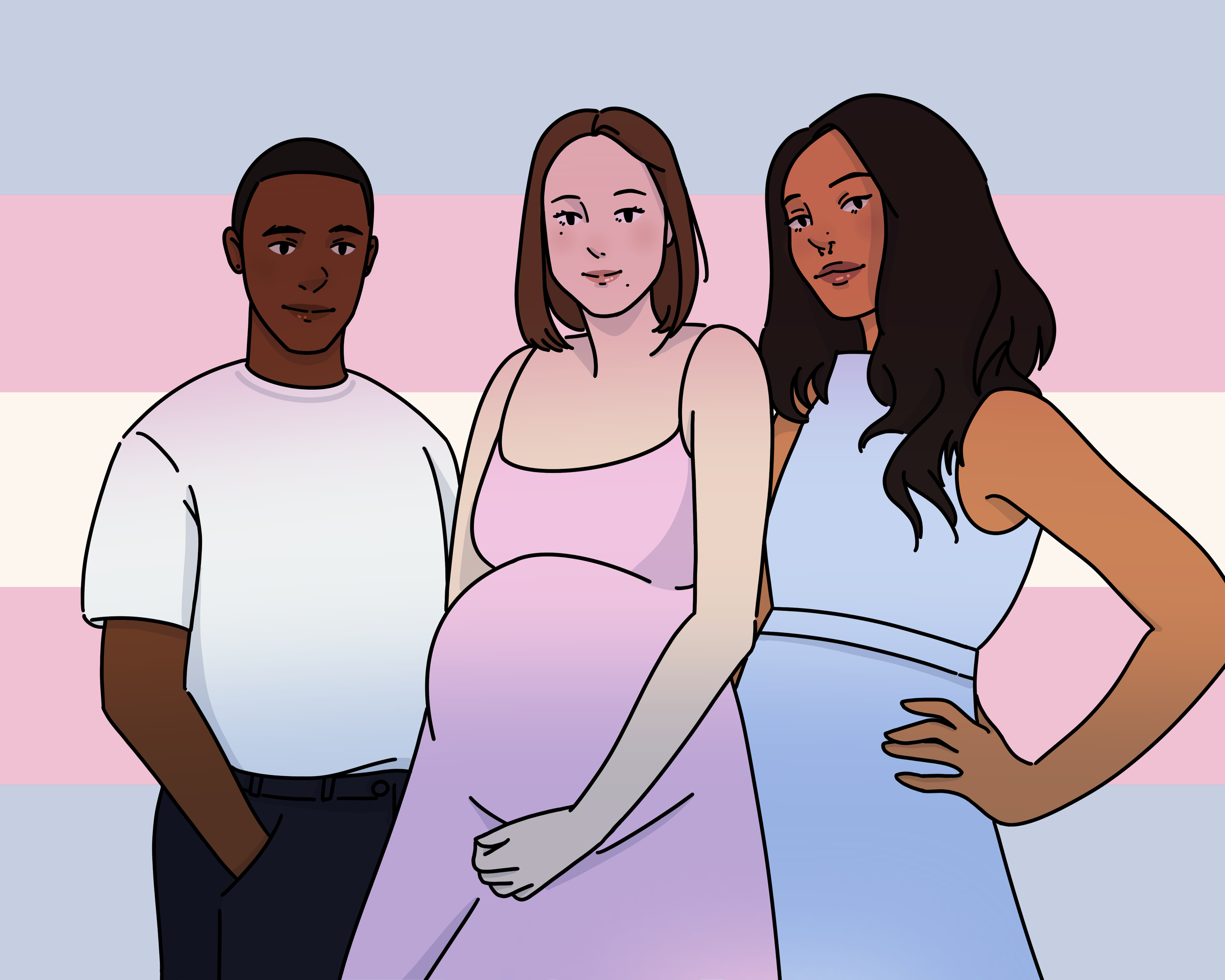Why Should Trans Mutual Aid and Abortion Funds Work Together?
Everything is connected, even when we can't see the strings; they are there, and we have all seen the domino effect that occurred when Roe v. Wade was overturned back in June of 2022. Of course, we saw state after state put bans or restrictions in place, but we also witnessed other massive social changes—affirmative action ended by the Supreme Court for admission programs at colleges and universities in June 2023, not to mention the growing number of anti-trans laws being implemented. When you take a step back and look, you can see that it took one major event that most people didn't see coming to trigger the repeal of rights that greatly affect already vulnerable communities. But since these events are so intertwined, shouldn't the response be as well, and what could that look like?
Now, concerning the response, let's focus on the grassroots groups that seek to provide aid for those who cannot afford these vital medical services. As we have seen, governments, both at the state and local levels, often do not have people's best interests at heart, depending on which party is in charge. Any change or response can often come in small pieces or through a movement that takes years.
We have witnessed numerous organizations raising abortion funds since Roe was overturned, most notably the National Network of Abortion, which raised more than eight million dollars distributed within the network's 100 member funds, which also raise money independently. These funds help provide care, services, and transportation for those in states with bans and restrictions. These funds often collaborate with each other to offer support to those seeking abortion services, using volunteers to answer phones for intake and provide transportation to appointments.
These abortion funds have been in service well before Roe was overturned, but they have seen an increased need since June 2022, which makes sense. What also makes sense is the increase in mutual aid centered on transgender individuals due to the growing number of anti-trans bills introduced—nearly 600 to date.
Of course, trans people have faced discrimination long before the rise of these bills from far-right politicians, and that's where mutual aid has provided a strong sense of community for trans people. More often than not, they have found safety among other trans people. Platforms like GoFundMe and Venmo are clear examples of how mutual aid has enabled many trans and gender nonconforming individuals to find housing, support their transition, and access valuable emergency resources that most people take for granted. Mutual aid funds haven't only been used for emergencies for trans and queer individuals; they've also funded activities and items that bring joy and pleasure to trans folks in a world that often denies their existence.
Separately, these sources of help do tremendous good, but what if they worked together? The possibilities could include abortion funds assisting trans mutual aid by leveraging their employees and volunteers, funding sources, and established relationships with medical suppliers to provide support for hormones and other forms of care, including mental health services, housing, and transportation.
There is also the potential for these communities to come together for other forms of outreach that could genuinely make a difference in a person's life, whether in small or significant ways, such as providing clothing that helps a trans person feel more affirmed in their identity, especially as the world and many individuals are still recovering from the pandemic.
Pooling resources could yield many more benefits because these fights are deeply interconnected. We have already witnessed how one has affected the other. To truly restore basic human rights, we cannot leave any group behind. The past year has shown us that those in power, both currently and in the past, often have no connection to the communities they are determining bodily rights for. We are seeing those affected by these laws coming together (no pun intended) to protect each other. If this is done on a larger and collective scale, it could genuinely change things for the better.

